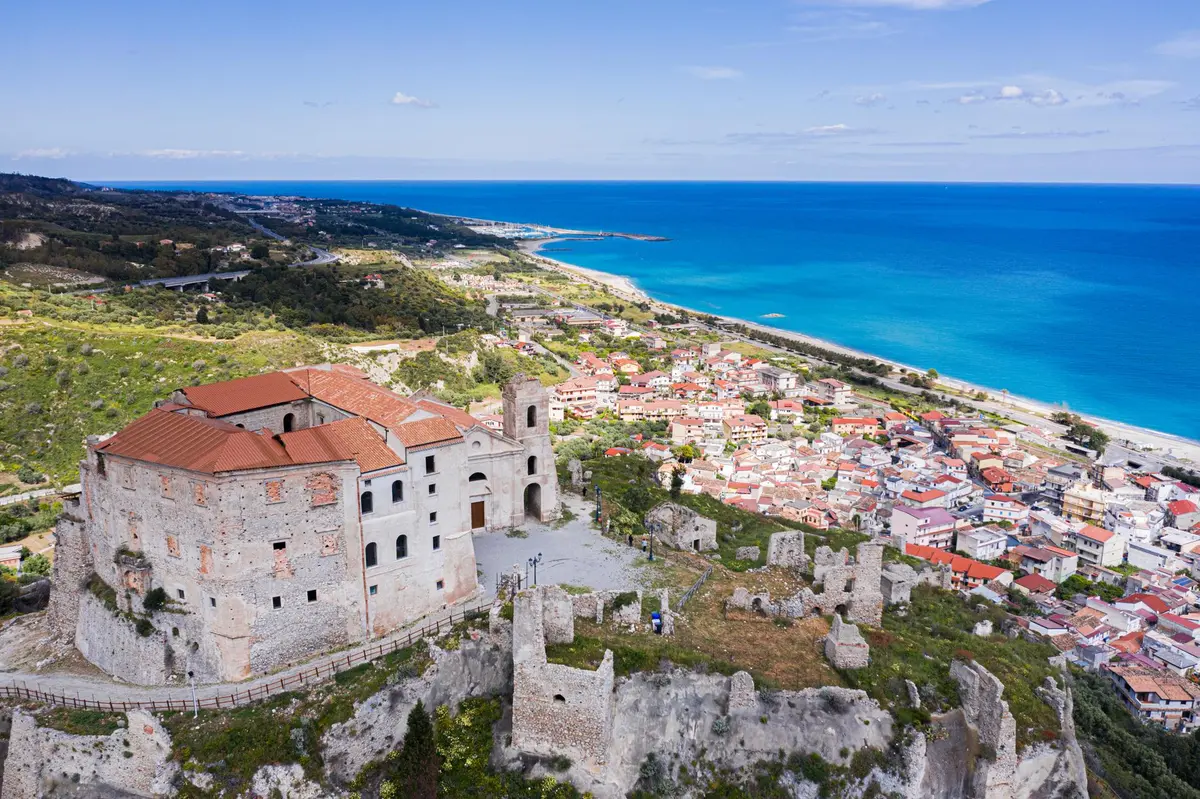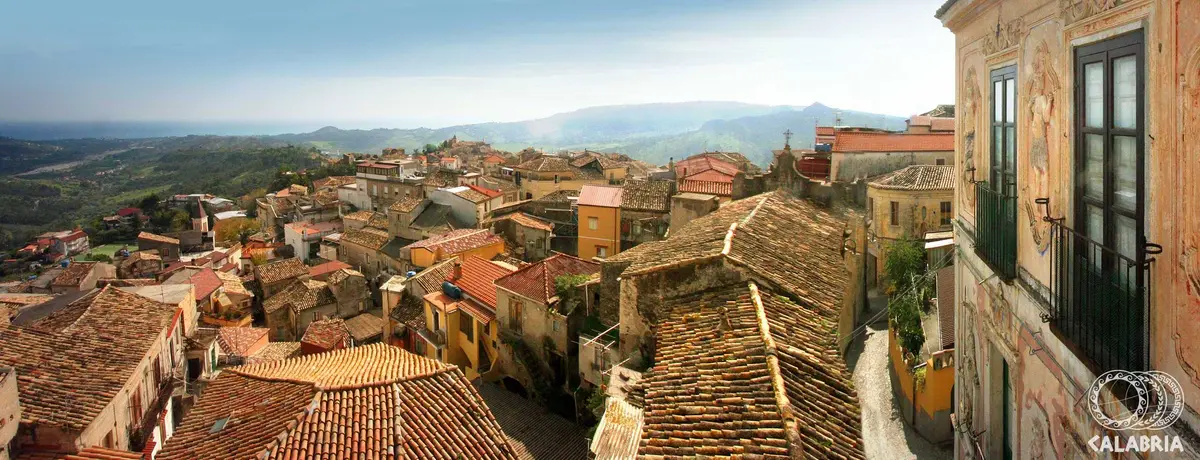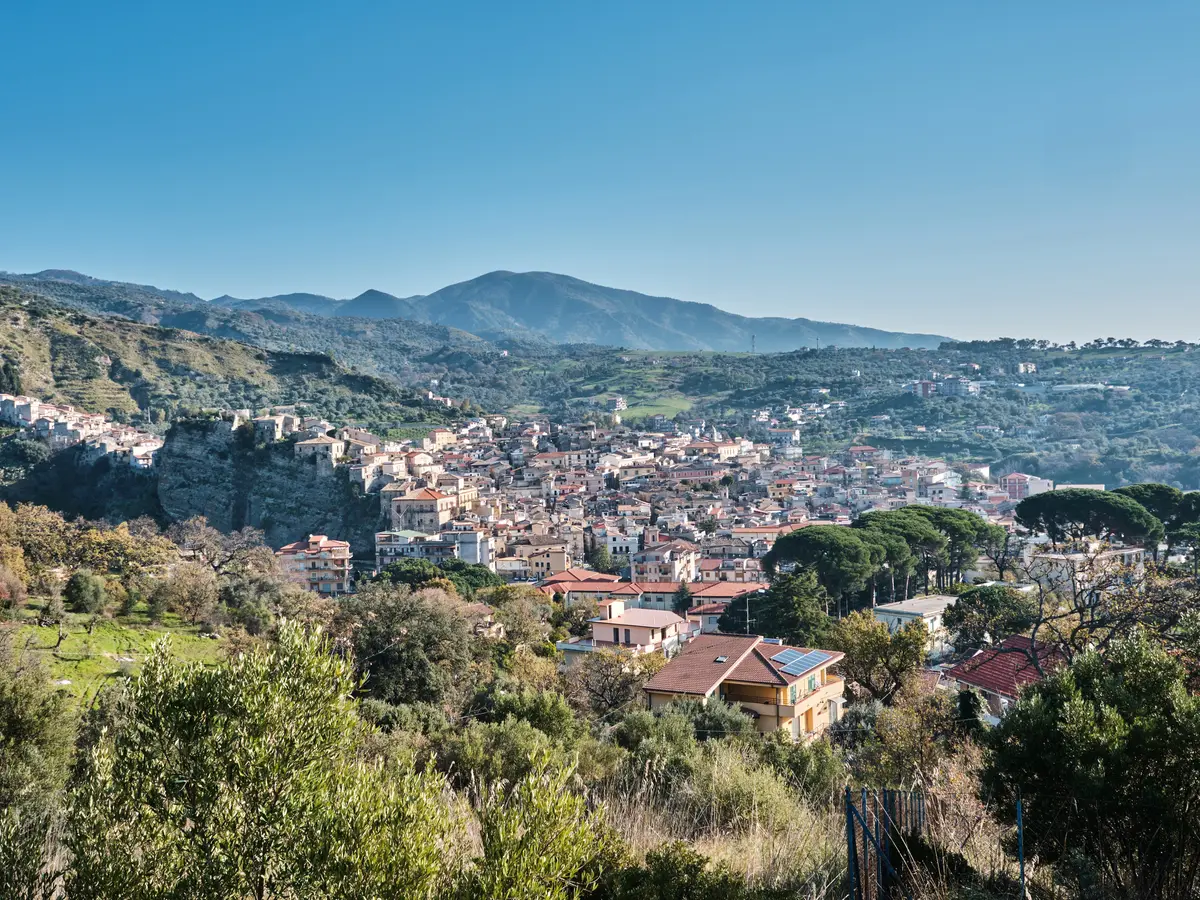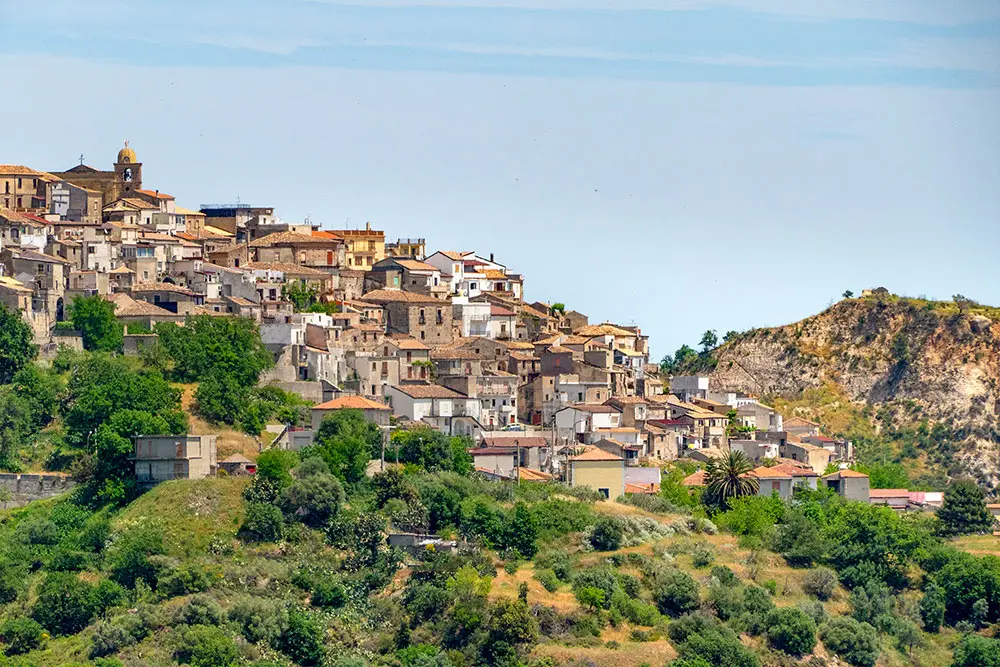Roccella Ionica
The village of the Carafa princes and Roccella Jazz

Blue flags
Roccella Ionica - Regione Calabria
Visit the seaside village of Roccella Ionica, on the Costa dei Gelsomini, in the province of Reggio Calabria. You will discover a wonderful beach, repeatedly awarded the Blue Flag and Green Flag.
The ancient village of Roccella Ionica, founded in ancient times and linked to the vicissitudes of the Carafa della Spina princes, is one of the most popular destinations for lovers of the sea, culture and music. It is home to the famous Roccella Jazz, the international jazz music festival, and the Roccella Summer Festival, the great music event dedicated to summer concerts by the artists of the moment.
Rising on a naturally defended fortress (the ‘’Rupella‘’ or ‘’Arocella‘’), Roccella Ionica still preserves intact the vestiges of its oldest history, starting with the imposing Carafa Castle that dominates the town and preserves within its walls the remains of the original medieval village, although today it is the site of important artistic and cultural festivals and events that take place in the modern Teatro al Castello, a little further down the valley, where the now famous Roccella Jazz Festival ‘’ Mediterranean Noises‘’ has been held for years. The castle forms a true monumental complex, including the Church of San Nicola di Bari in Baroque style, the Pizzofalcone Tower and the remains of the buildings that originally made up the Citadel.
Walking down from the castle, one enters the alleys of the historical centre, laid out at its foot, where it is pleasant to admire the noble palazzi, one of which houses the ‘’Scholé‘’ School of Philosophy, and the religious complexes, such as the former Convent of the Minims, adjacent to the Church of San Vittore and also used as a venue for events.
The Seafront is the promenade that runs along the beach, along which large free stretches alternate with nightlife venues and well-equipped lidos, with facilities for adults and children.
Useful information
What to know about Roccella Ionica
Events
There are 3 events scheduled.
Where to Sleep
There are 66 available accommodations.
Places
There are 1 places to visit.
Travel Ideas
There are 4 travel ideas.
Infopoint Roccella Ionica
Roccella Ionica
No result









